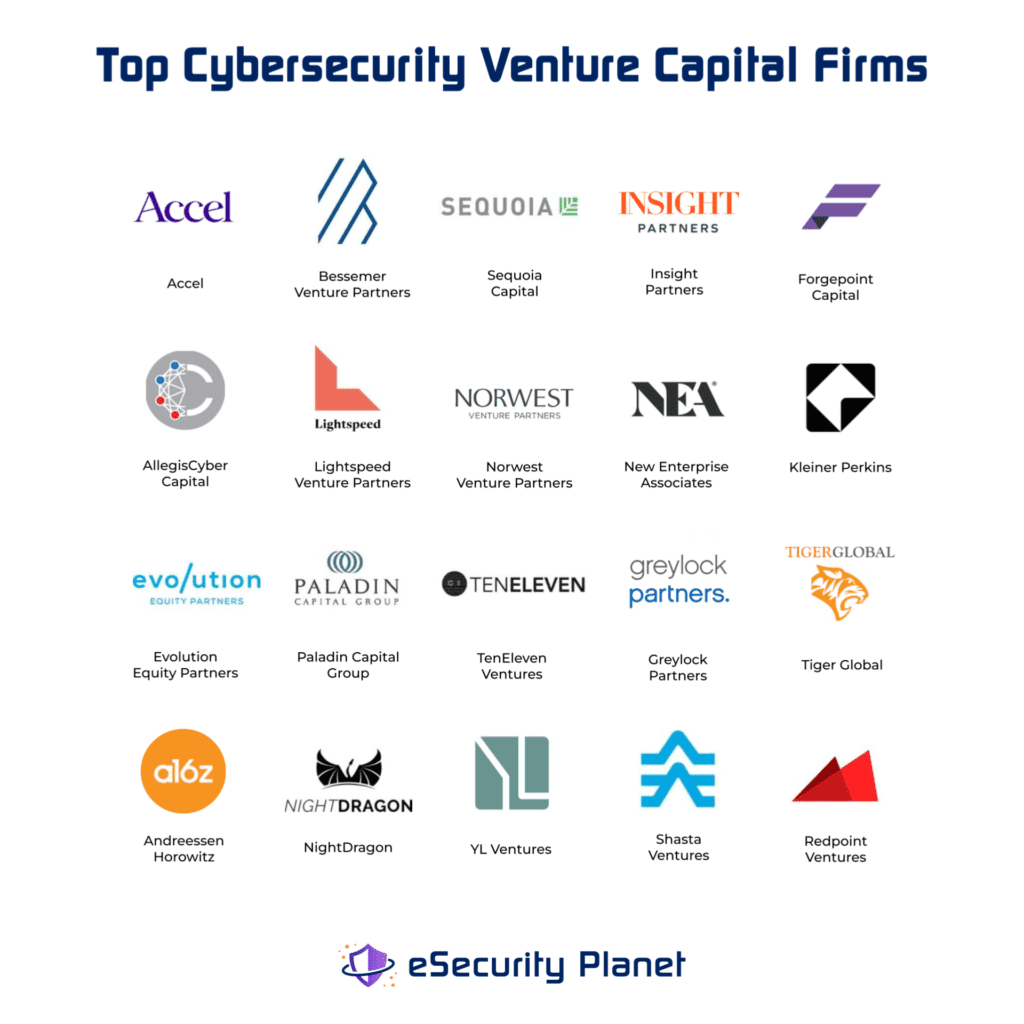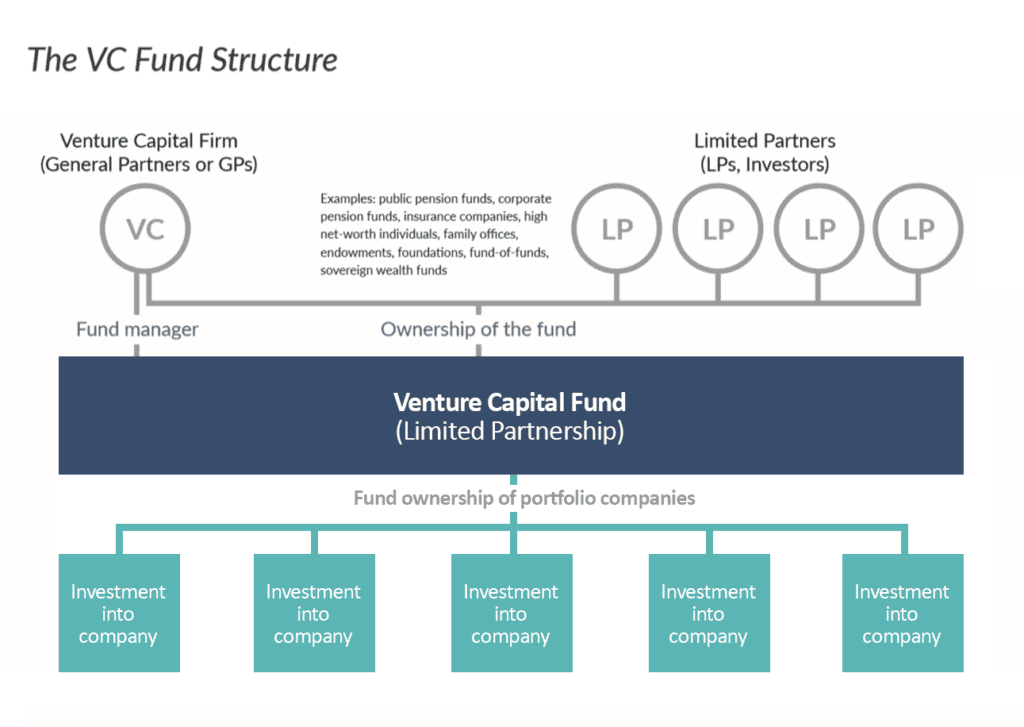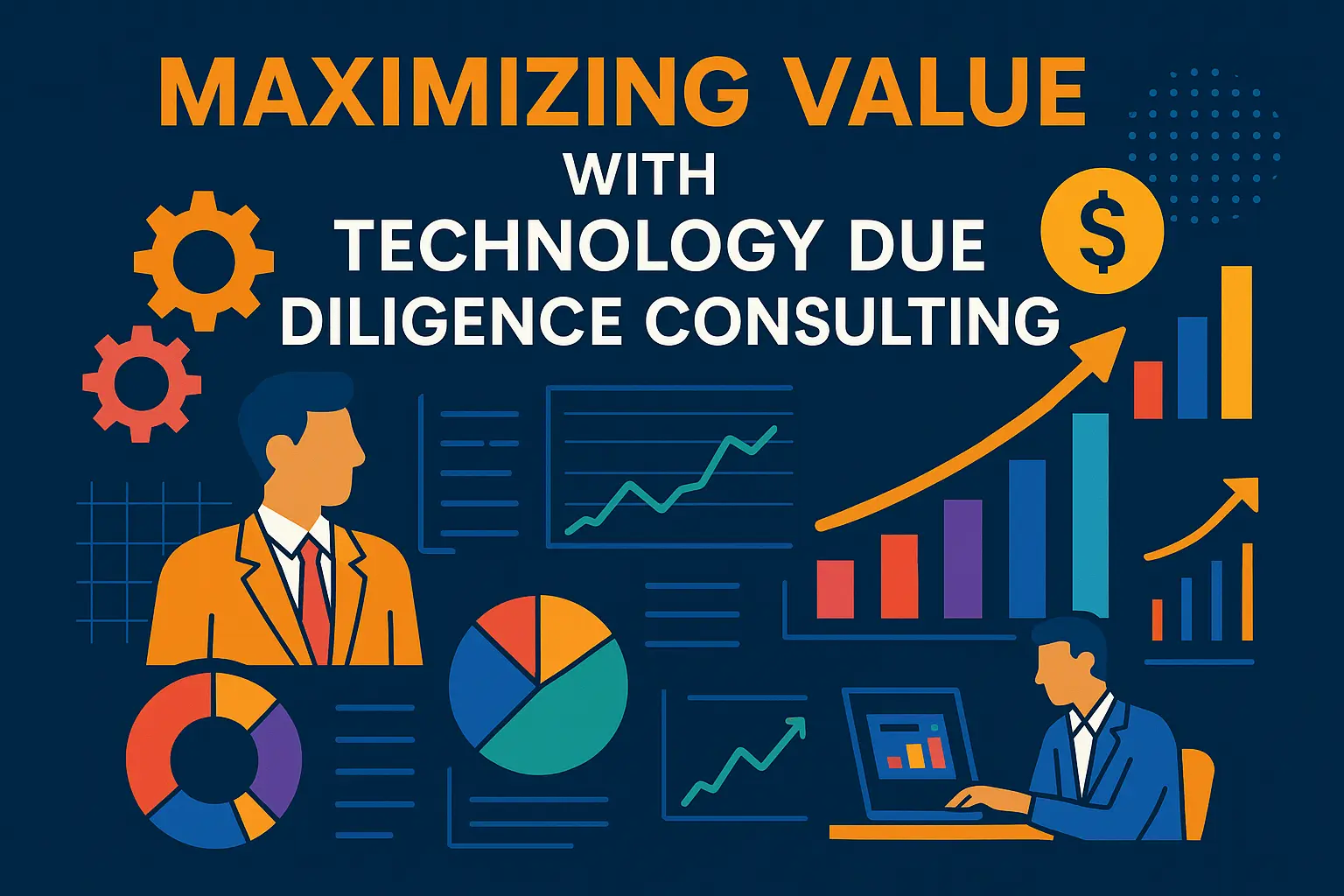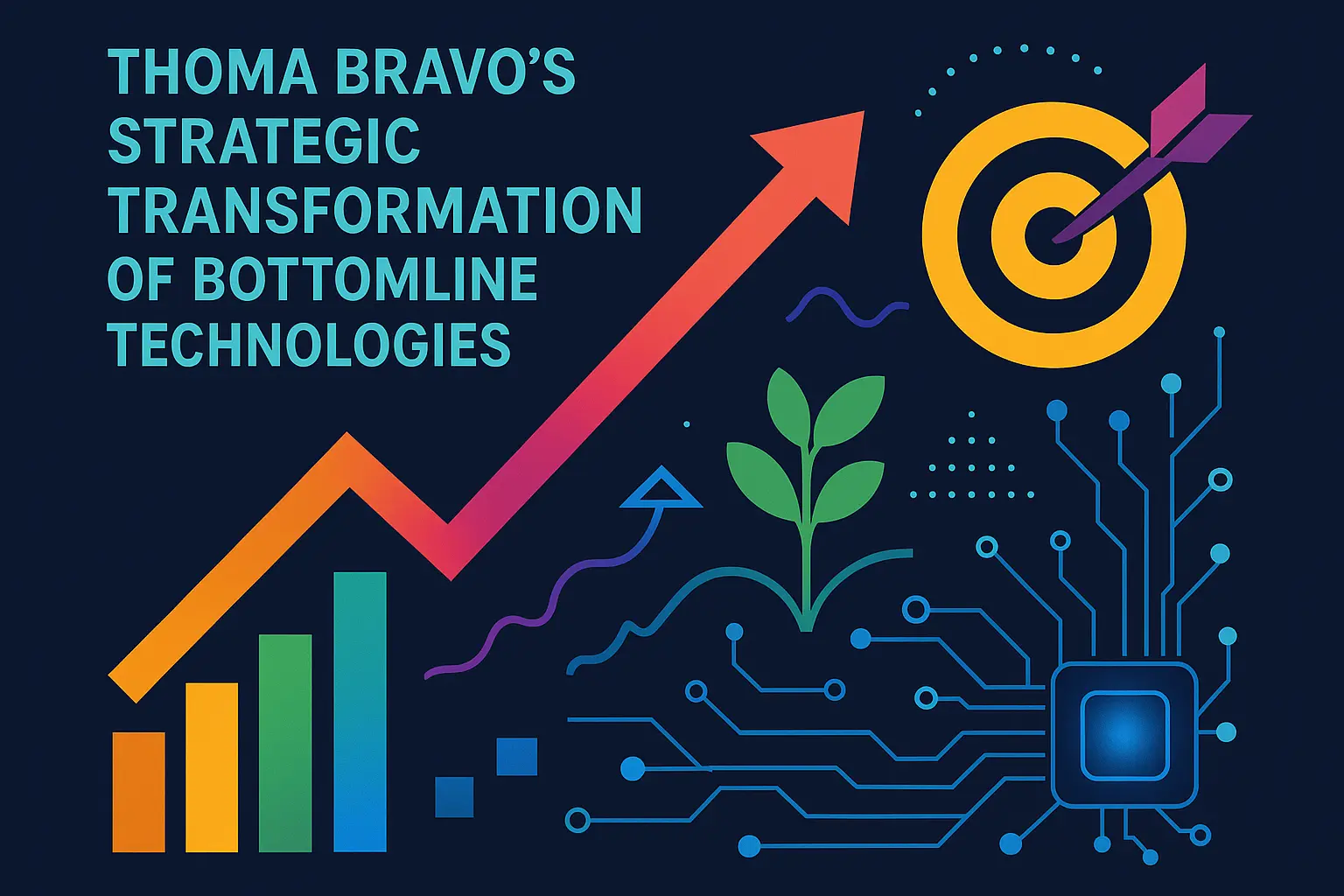Industrial technology is transforming, pushing boundaries with innovations that were unimaginable just a few years ago. From advanced robotics to the Internet of Things (IoT), the sector is full of promise and potential. Yet, for startups and established companies alike, accessing the capital needed to innovate and expand can be a challenge. This is where private equity steps in, acting as a potent catalyst for growth in industrial technology. According to a report by PwC, private equity fund investment in industrial sectors has surged significantly, with approximately $93 billion invested globally in 2022 alone. This massive infusion of capital not only fuels growth but also drives competitive advantages, enhancing productivity and fostering innovation across the industry. It’s a dynamic landscape where private equity and industrial tech are reshaping the future, together. Curious about how this synergy is playing out and what it means for the future? Keep reading to uncover how private equity is unlocking unparalleled opportunities in industrial technology.
Understanding the Industrial Technology Landscape
The industrial technology landscape is marked by rapid advancements and dynamic shifts that continuously redefine what is possible within various sectors. As industries pursue efficiency and innovation, the landscape is characterized by a strong integration of digital solutions that bolster operational capabilities and market positioning.
Key Sectors Driving Innovation
Several key sectors are at the forefront of driving innovation within the industrial technology space. Manufacturing, aviation, and logistics are leading the transformation, with each investing heavily in technological advancements such as predictive maintenance, AI, and machine learning. These sectors are leveraging technology to enhance production processes, reduce downtime, and achieve unprecedented levels of efficiency. The adaptation of complex frameworks like IoT and robotics is particularly notable in manufacturing, making it a crucial sector propelling industrial innovation forward.
Emerging Trends and Technologies
Emerging trends predominantly revolve around the adoption of AI-driven solutions and the implementation of Industry 4.0 technologies. Predictive maintenance, a vital trend, is enhancing operational efficiency by reducing downtime and extending machinery lifespan. The increasing focus on sustainability is also notable, with companies integrating additive manufacturing and green tech to minimize environmental impact and optimize material usage.
In addition to these trends, automation and AI are significantly transforming supply chain management and customer engagement. Companies harness AI agents, customer sentiment analytics, and recommendation engines to streamline workflows and bolster customer loyalty, thereby driving revenue growth and operational efficiency. The emphasis on data security and IP protection adds a layer of complexity yet necessity in this rapidly evolving landscape. Recent insights suggest that robust data protection frameworks such as ISO 27002 and NIST contribute significantly to investor confidence by reducing investment risk (“ISO 27002 and NIST frameworks defend against value-eroding breaches, derisking investments” — D-LAB research).
As this landscape continues to evolve, private equity investors recognize the potential for growth and value creation. The integration of transformative technologies within industrial processes not only boosts productivity but also positions companies for long-term success. This necessitates a closer examination of how private equity can further catalyze these transformative changes, which we shall explore in the following sections.
The Role of Private Equity in Industrial Technology
Private equity plays a crucial role in the industrial technology sector by providing the much-needed capital, strategic guidance, and operational support to drive innovation and growth. The unique dynamics of industrial technology, characterized by high capital intensity and rapid technological advancements, make it an attractive yet challenging field for investment firms. As the sector evolves, private equity firms step in as catalysts for transformation, helping companies overcome capital constraints and scale their operations efficiently.
Why Private Equity Is Attracted to Industrial Tech
The attraction of private equity to industrial technology can be attributed to several factors. Firstly, the potential for significant returns is high due to the sector’s capacity for innovation and adaptation. Secondly, industrial technology often operates in industries with stable demand, offering a degree of risk mitigation. Private equity firms also see an opportunity to enhance value through strategic interventions, such as improving efficiency and integrating cutting-edge technologies.
Moreover, firms specialized in industrial technology often hold significant intellectual property, making them valuable assets. According to “Portfolio Company Exit Preparation Technologies to Enhance Valuation—D-LAB research,” “Intellectual Property (IP) represents the innovative edge that differentiates a company from its competitors, and as such, it is one of the biggest factors contributing to a company’s valuation.” Investing in companies with robust IP portfolios allows private equity firms to leverage these assets for superior returns.
Case Studies: Successful Investments
Several case studies highlight the successful role of private equity in industrial technology. One approach involves integrating advanced technologies such as artificial intelligence and data analytics to optimize operations. Private equity firms have facilitated mergers and acquisitions that expand market reach and capabilities, driving both organic and inorganic growth.
For instance, in various portfolio companies, the incorporation of AI-driven insights has led to enhanced customer retention and increased revenue. As stated in the “Portfolio Company Exit Preparation Technologies to Enhance Valuation—D-LAB research,” “AI and Generative AI analytics & success platforms increase LTV, reduce churn (-30%), and increase revenue (+20%).” Such strategic implementations result in significant uplift in valuation, making a compelling case for private equity interest.
These examples illustrate how private equity firms not only inject capital but also drive innovations that align with emerging trends, ultimately propelling industrial technology companies to new heights.
As we look towards the future, the role of technology in enhancing valuation cannot be understated. In the next section, we will delve into the ways technology can be leveraged to boost the valuation of industrial technology firms and ensure sustained growth.
Enhancing Valuation through Technology
In an industrial landscape ripe for transformation, technology stands out as a paramount driver of enhanced business valuation. Private equity firms have long recognized the power of technology to not only streamline operations but also to propel growth and increase the bottom line. By strategically leveraging advanced technologies, businesses can unlock new avenues for value creation and significantly enhance their attractiveness to potential buyers.
AI and Data Analytics for Better Outcomes
The deployment of AI and data analytics has ushered in a new era of operational efficiency and decision-making prowess. Firms that embrace these technologies gain a competitive edge by harnessing the power of data to drive insights and outcomes. AI’s predictive capabilities, when utilized effectively, can optimize sales strategies, enhance customer engagement, and improve product development processes.
Tools such as AI sales agents streamline sales cycles and improve close rates by intelligently analyzing customer data and behaviors. These agents not only automate mundane tasks but also “increase revenue by up to 50% and cut sales cycle times by 40%” (“Portfolio Company Exit Preparation Technologies to Enhance Valuation — D-LAB research”). Moreover, AI-driven customer sentiment analytics provide personalized insights, which can boost market share and foster customer loyalty, leading to enhanced predictive analytics and a robust customer base.
IP and Data Protection: A Blueprint for Success
In today’s digital economy, protecting intellectual property (IP) and data is paramount. Private equity firms must ensure that their portfolio companies are equipped with stringent cybersecurity measures. This not only protects assets but also enhances enterprise value. By adhering to standards like ISO 27002, SOC 2, and the NIST framework, companies defend against breaches that can erode value and maintain compliance readiness to boost buyer confidence.
As technology continues to evolve, so do the opportunities to amplify company valuation through enhanced IP and data security. These protective measures are pivotal in “derisking investments and gaining buyer trust”, thereby ensuring that companies remain resilient and attractive in the eyes of investors (“Portfolio Company Exit Preparation Technologies to Enhance Valuation — D-LAB research”).
Equipped with these technological advancements, private equity firms can enhance the market readiness of their portfolio companies, preparing them for lucrative exits and sustained long-term growth. As we delve deeper, we’ll explore effective strategies that ensure portfolio companies are prepared for successful exit scenarios, further unlocking the potential for substantial valuation enhancement.
Strategies for Effective Portfolio Company Exits
Preparing Companies for Exit: Best Practices
To achieve successful exits, it is crucial for private equity players to meticulously prepare their portfolio companies. This involves enhancing the overall business model and strengthening financial performance. A well-prepared exit strategy focuses on streamlining operations, increasing efficiencies, and ensuring that the company is appealing to potential buyers. Establishing clear communication lines and ensuring transparency are key elements in cultivating buyer confidence and securing favorable deals.
Companies should pay attention to “protecting intellectual property and data,” as these are significant contributors to a company’s valuation. Strong IP strategies can result in higher valuation multiples, providing a competitive edge in the marketplace (“Portfolio Company Exit Preparation Technologies to Enhance Valuation—D-LAB research”).
Technologies that Enhance Exit Valuation
Incorporating advanced technologies into a company’s operations can dramatically improve its exit valuation. By leveraging artificial intelligence, predictive analytics, and other emerging technologies, companies can enhance efficiency, reduce costs, and ultimately boost revenue. “AI agents and analytics tools” because they can significantly increase closure rates, shorten sales cycles, and reduce customer acquisition costs (“Portfolio Company Exit Preparation Technologies to Enhance Valuation—D-LAB research”).
Additionally, using technologies like predictive maintenance and automated workflow solutions can enhance operational efficiency. For example, predictive maintenance strategies can reduce downtime by 50% and extend machine lifetimes, making manufacturing operations more attractive to potential buyers (“Portfolio Company Exit Preparation Technologies to Enhance Valuation—D-LAB research”).
Ensuring data and information security through compliance with frameworks such as ISO 27002, SOC 2, and NIST is vital. These frameworks can help protect a company from cyber threats, thereby preserving brand value and building trust with buyers (“Portfolio Company Exit Preparation Technologies to Enhance Valuation—D-LAB research”).
 Incorporating technology not only optimizes current processes but also demonstrates to potential buyers that the company is forward-thinking and prepared for future technological trends.
Incorporating technology not only optimizes current processes but also demonstrates to potential buyers that the company is forward-thinking and prepared for future technological trends.
As companies look to the future, understanding and positioning for upcoming trends becomes essential in maintaining growth and ensuring successful exits. The following section will delve into the future opportunities in industrial technology and how to position effectively for these upcoming trends.
Future Opportunities in Industrial Technology Private Equity
The industrial technology space is poised for transformative growth over the next decade, offering unprecedented opportunities for private equity investors. Key drivers of this expansion include advancements in artificial intelligence (AI), automation, and digital transformation that are reshaping the industry and creating better prospects for companies involved.
Growth Drivers for the Next Decade
One of the primary drivers for future growth in industrial technology is the accelerated adoption of AI across manufacturing, logistics, and customer interaction processes. AI-driven tools such as predictive maintenance, smart supply chain management, and automated customer service systems provide significant efficiency gains. For example, “AI-led process optimization and additive manufacturing cut production defects by 40%, reduce retooling costs by 650%, and cut production costs by 60-70%,” thereby enhancing operational efficiency and profitability for portfolio companies (“Portfolio Company Exit Preparation Technologies to Enhance Valuation — D-LAB research”).
Furthermore, sustainability remains a critical factor, with companies focusing on reducing energy and material usage, enhancing their Environmental, Social, and Governance (ESG) profiles, which is increasingly important for investors. Another aspect is the progressive integration of the Internet of Things (IoT) into manufacturing processes through smart factories that operate with minimal human intervention.
How to Position for Upcoming Trends
To capitalize on these opportunities, private equity firms need to focus on enhancing the technological readiness of their portfolio companies by investing in cutting-edge digital tools and analytics. Integration of AI in workflow automation, for example, offers a high ROI for investors by “automating repetitive tasks,” which “\reduce costs and improve productivity” significantly (“Portfolio Company Exit Preparation Technologies to Enhance Valuation — D-LAB research”).
In addition, reinforcing data protection and IP security through frameworks such as ISO 27002, SOC 2, and NIST 2.0 is crucial. Such compliance boosts buyer confidence and protects value, evidenced by the fact that these frameworks provide a “competitive advantage through increased credibility and cost savings by optimizing processes” (“Portfolio Company Exit Preparation Technologies to Enhance Valuation — D-LAB research”).
Entering the next decade, strategic alignment with these emerging technologies will not only enhance market reach but also improve valuation multiples, ultimately leading to successful exits for private equity firms. Transitioning from understanding current trends to implementing strategic initiatives will provide the groundwork for optimizing technology-driven enhancements, which we will explore further in the subsequent analysis of effective portfolio exit strategies.

















